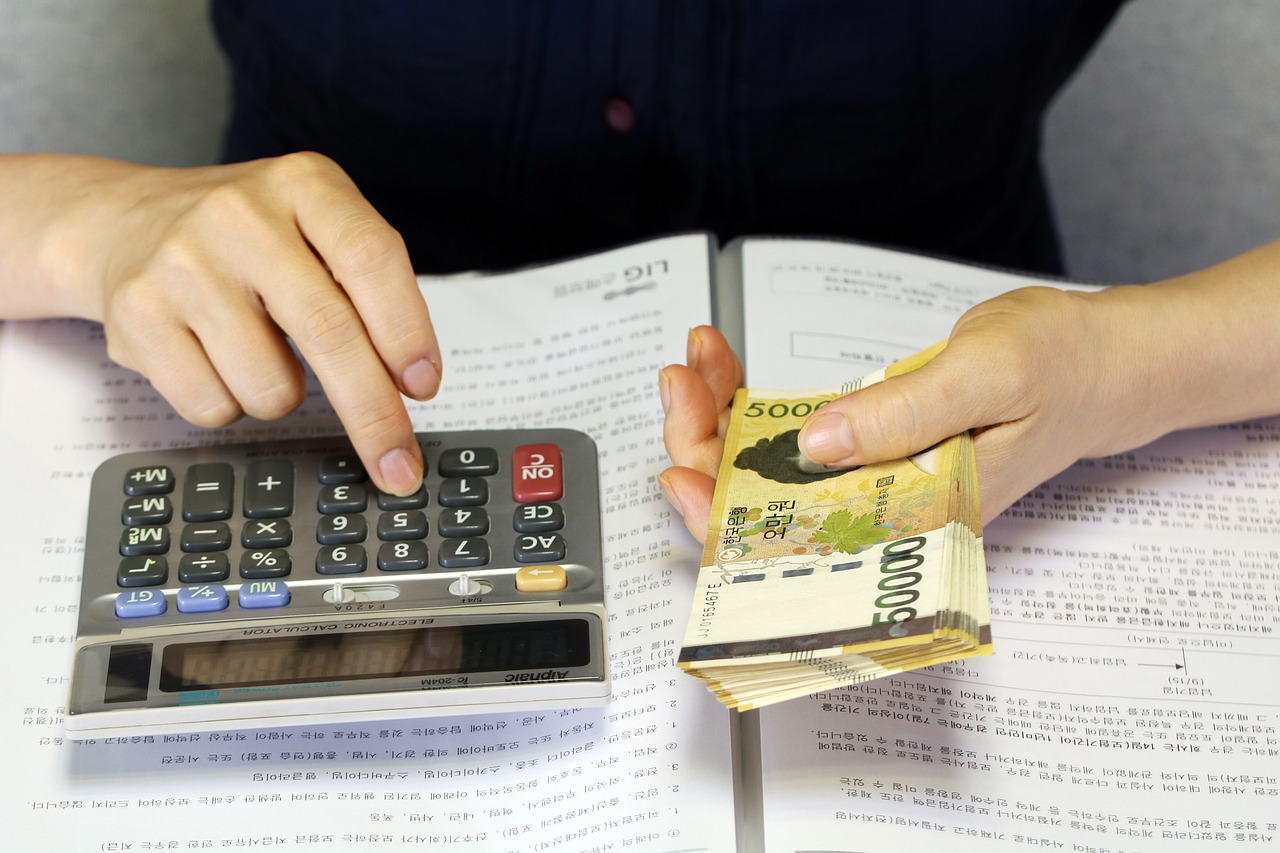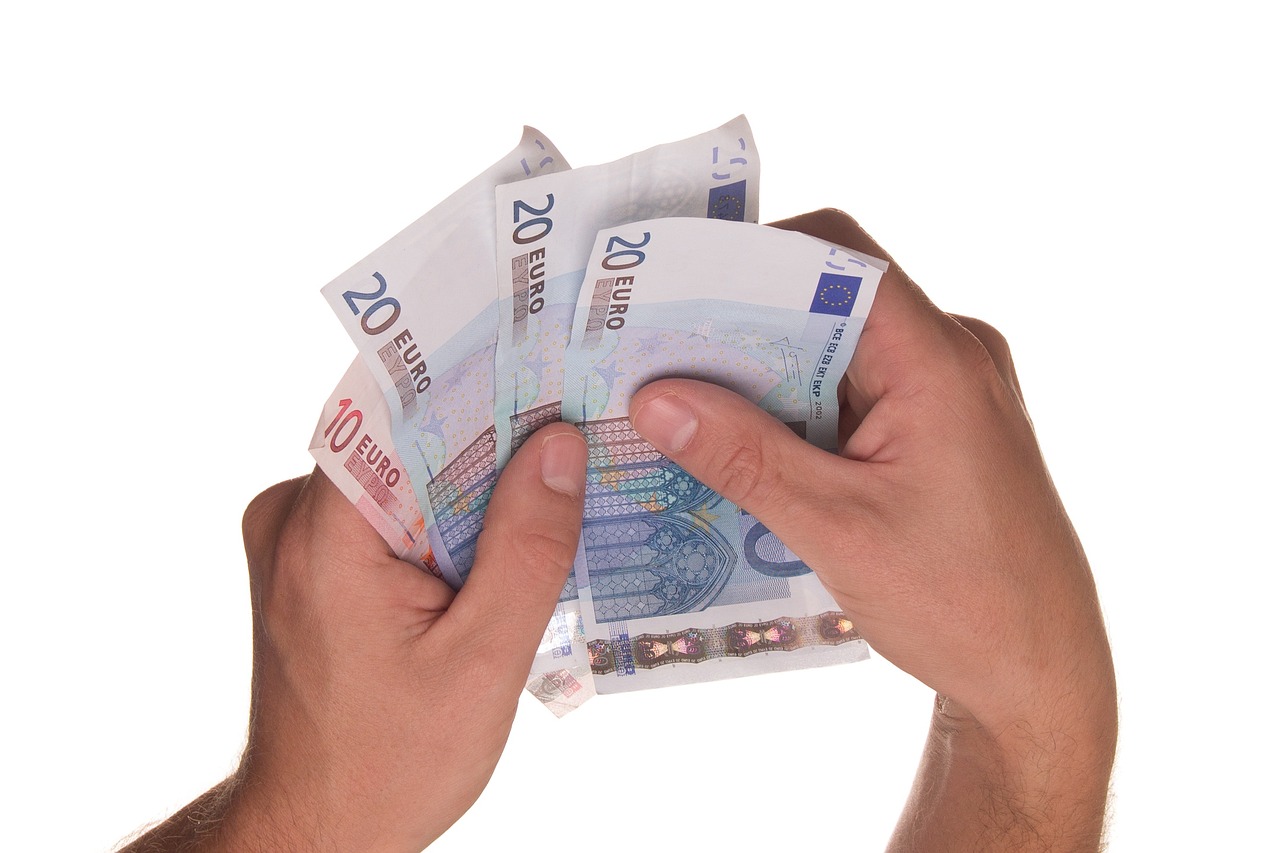How Currency Exchange Rates and Fees Affect Converting 100 USD to Japanese Yen
GPT_Global - 2025-11-12 22:31:02.0 13
Is it better to use a credit card or exchange cash for yen when traveling to Japan?
When traveling to Japan, deciding whether to use a credit card or exchange cash for yen is an important consideration. Both options have their advantages and disadvantages, depending on the traveler’s needs and preferences.
Credit cards are widely accepted in major cities like Tokyo and Osaka, particularly in hotels, restaurants, and stores. Using a credit card offers the convenience of not carrying large amounts of cash and can earn rewards or points. However, be mindful of foreign transaction fees and ensure your card is accepted at smaller, local businesses.
On the other hand, exchanging cash for yen may be a better choice for those visiting rural areas or smaller establishments where card payments are less common. Japan’s cash-based society also makes it essential to have cash on hand for various activities, such as transportation and vending machines.
For those looking for a balance, a combination of both methods might be the best approach. Use a credit card for major expenses and keep cash for smaller purchases or when traveling to less urbanized areas. Additionally, remittance services can be an excellent way to ensure you have yen when needed, providing a secure and cost-effective option for sending money abroad.

How do exchange fees affect the amount of yen I’ll get for 100 USD?
```htmlWhen sending money from the US to Japan, understanding how exchange fees affect the amount of yen you’ll receive for 100 USD is crucial. Exchange rates are constantly fluctuating, and remittance services typically add a margin on top of the market rate to cover operational costs and generate profit. This means that the yen you receive for your 100 USD can vary depending on the remittance provider and the current market conditions.
Most remittance businesses charge a flat fee or a percentage-based fee for the transaction. On top of that, they often set their own exchange rates, which can be less favorable than the market exchange rate. For instance, if the market rate is 1 USD = 135 JPY, but the remittance provider offers a rate of 1 USD = 130 JPY, you’ll end up with fewer yen for your money.
It’s essential to compare exchange rates and fees from different providers before sending money. Using a service that offers competitive rates and low fees can ensure you get the best value for your remittance. Keep an eye on additional charges like transfer fees and potential hidden costs to avoid any surprises.
```Can I expect to get the same exchange rate at a currency exchange booth and a bank for 100 dollars?
When you’re exchanging money for travel or sending remittances abroad, it’s natural to wonder if the exchange rate is the same everywhere. If you’re converting $100, you might find that a **bank** and a **currency exchange booth** offer slightly different rates. Banks often provide more secure and transparent transactions, but their service fees or margins can make the rate less favorable. In contrast, exchange booths, especially in tourist areas, might advertise competitive rates but could include hidden charges or less trustworthy conversion practices.
For those in the **remittance business**, understanding this difference is crucial. Even small rate variations can impact the final amount received by your family or clients overseas. Before exchanging or transferring money, always compare live rates and check for additional fees. Many modern remittance platforms now display **real-time mid-market rates** with minimal costs—helping you get the most value out of your $100 or any transfer amount. Choosing a reputable provider ensures not only better rates but also faster and safer delivery of your funds.
If the yen weakens, how many yen would I receive for 100 US dollars?
```htmlWhen the Japanese yen weakens, it means that each US dollar can be exchanged for more yen. This scenario is important for people involved in remittances, as the exchange rate significantly impacts the amount they can send or receive. A weakened yen allows for sending more money to Japan for the same amount in US dollars, or conversely, receiving more yen for the same amount in USD.
For example, if the exchange rate for 1 USD is 100 yen, you would receive 10,000 yen for 100 USD. However, if the yen weakens and the rate moves to 110 yen per dollar, the same 100 USD would get you 11,000 yen. Such fluctuations are crucial for remittance services, as clients seek the most favorable rates to maximize their transfers. Understanding how currency depreciation or appreciation affects remittances can help senders and recipients make informed decisions when timing their transfers.
Remittance businesses should monitor these changes closely, as even small shifts in exchange rates can lead to significant differences in the total amount received. Offering competitive rates and advising customers on the best times to transfer funds can enhance service and satisfaction, particularly when dealing with fluctuating currencies like the yen.
```Can a 100 USD to yen conversion be done at airports or is it better elsewhere?
When you're traveling internationally and need to convert USD to yen, you may wonder whether it's better to do this at the airport or somewhere else. While airport currency exchange services are convenient, they typically come with less favorable exchange rates and higher fees. This is because airport exchange kiosks cater to tourists who need quick service, which often leads to a premium on the conversion rate.
For a better deal, it’s usually more cost-effective to exchange your currency at local banks, online remittance services, or other dedicated exchange platforms. These alternatives often provide more competitive rates and lower fees, helping you stretch your dollars further. If you plan ahead, you can even lock in a rate before you travel, ensuring that you get the best possible value for your USD.
If you’re sending money abroad or remitting funds, online platforms are an ideal choice. They offer convenient services with transparent fees and competitive exchange rates, saving you time and money. Always do a quick comparison before converting currency, and you’ll likely find better rates elsewhere than at the airport.
What fees are involved when converting 100 USD to yen at a currency exchange counter?
When converting 100 USD to yen at a currency exchange counter, several fees may apply that could affect the total amount you receive. These fees are typically categorized as transaction fees, service charges, and the exchange rate margin.
Firstly, most currency exchange counters charge a transaction fee, which could be a flat rate or a percentage of the amount exchanged. This fee covers the cost of processing the transaction and is often disclosed before completing the exchange.
Secondly, exchange counters tend to offer an exchange rate that is slightly worse than the market rate. This difference, known as the exchange rate margin, is one of the main ways they make a profit. It means you’ll get fewer yen for your 100 USD than if you were to use a market-driven rate.
Lastly, some counters impose service charges for specific services, such as high-volume exchanges or special requests. It’s always a good idea to ask for a breakdown of any potential fees before proceeding with your transaction to avoid surprises.
To minimize these costs, consider comparing different exchange counters or using remittance services, which may offer better rates and lower fees for transferring money abroad.
How does the USD to JPY exchange rate affect the cost of goods in Japan?
The USD to JPY exchange rate plays a significant role in determining the cost of goods in Japan. When the U.S. dollar strengthens against the Japanese yen, U.S. consumers find that their money goes further when purchasing goods from Japan. This can make Japanese imports cheaper in the U.S., benefiting businesses and shoppers looking for better deals on electronics, vehicles, and other products.
On the other hand, a weaker U.S. dollar makes imports from Japan more expensive. This can result in higher prices for U.S. consumers purchasing Japanese goods, which could also lead to inflationary pressures in the domestic market. For remittance businesses, these fluctuations in the exchange rate directly impact how much money recipients in Japan will receive. A stronger USD means more yen for those receiving funds, while a weaker dollar results in less purchasing power.
Understanding the USD to JPY exchange rate is essential for individuals and businesses engaged in cross-border transactions. Remittance services must keep track of these fluctuations to ensure clients are maximizing the value of their transfers, and it also highlights the importance of choosing the right time to send money.
About Panda Remit
Panda Remit is committed to providing global users with more convenient, safe, reliable, and affordable online cross-border remittance services。
International remittance services from more than 30 countries/regions around the world are now available: including Japan, Hong Kong, Europe, the United States, Australia, and other markets, and are recognized and trusted by millions of users around the world.
Visit Panda Remit Official Website or Download PandaRemit App, to learn more about remittance info.


